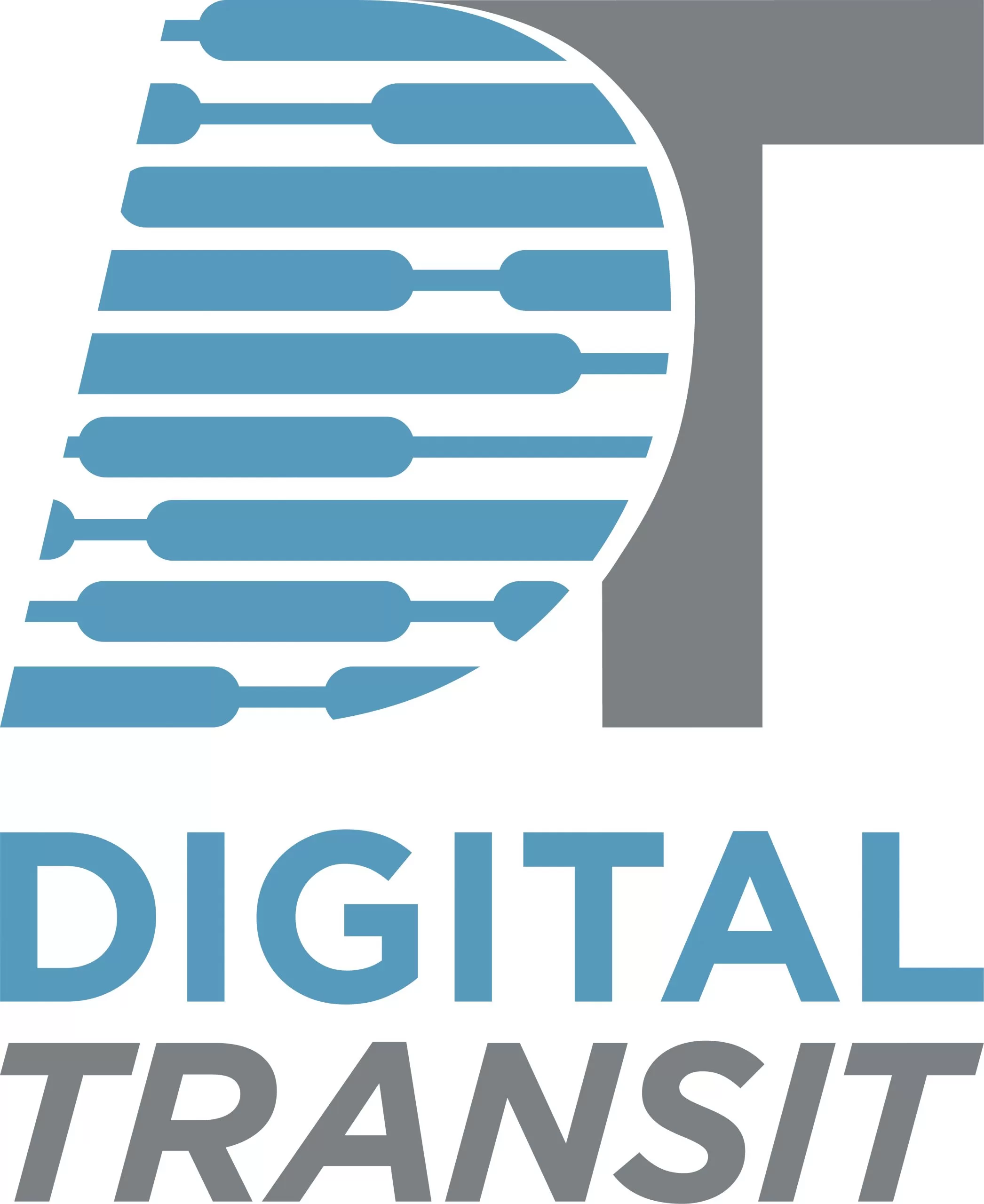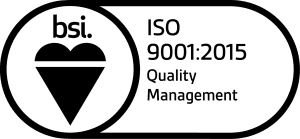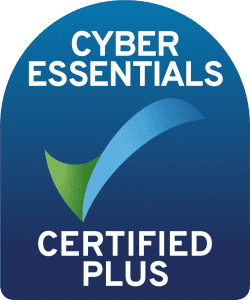Safety Critical Software in Rail (EN50128/EN50657 and RIS-0745-CCS Issue: 1)
Digital Transit Limited offer a One-day workshop for engineers, managers and other rail decision makers to learn about CENELEC EN 50128, EN 50657 and RIS-0745-CCS Issue: 1. The workshops will help attendees expand their knowledge and make better decisions around the standards and their application in the area of railway safety software, to reduce total deployment costs, and streamline and de-risk development.
CENELEC EN 50128 influence all stages of the development of railway systems as mandatory railway industry standards, from concept to deployment, certification and maintenance. Their goal is to provide greater interoperability and increased safety, reliability, availability and maintainability of railway systems. A thorough practical knowledge of the requirements of these standards is essential for the successful certification of railway systems with the appropriate authorities.
We have updated the course recently to reflect the learnings from Rail Industry Standard RIS-0745-CCS Issue: 1 – Client Safety Assurance of High Integrity Software-Based Systems for Railway Applications, which was developed to aid clients dealing with safety critical software after the Cambrian line wrong side failure.
Our course also briefly deals with designing cybersecure system by using software techniques that reduce vulnerabilities.
Our CENELEC training provides a complete overview of the important standards, with well-structured presentations and frequent discussion sessions ensuring that attendees get the most from participating.
Our Expert 
 Course Instructors are Clive Osman and Dr Howard Parkinson
Course Instructors are Clive Osman and Dr Howard Parkinson
Key Learning Objectives
- Demonstrate a sound understanding of the principles and language of Safety Critical Software
- Appreciate software risk in the context of railway design and safety management
- Describe how software design and the software safety lifecycle interact and influence each other
Appreciate how current best practice in software safety standards and in particular latest EN50128 and EN50567 - Understand the complexity of railway accidents involving software failure
- Understand the need for a risk-based system engineering lifecycle approach to enable built-in safety, value and performance
- Identify and mitigate Security issues from Cyber Threats
About the Course
This blended training course provides software developers, engineers, testers, managers and others involved in safety-related projects with a detailed understanding of the fundamentals of safety critical software development and testing. This course is supported by a competency-based structure. The opening module provides background to software lifecycle and the standards and their application in the railway drawing upon best practice. The next modules introduce a number of incidents where software failures resulted in incidents. The next modules go into depth regarding the content, aims and requirements for developing software for the railway in accordance with EN50128 for all SIL levels.
The course content is mapped to:
• Industry standard competencies, skills and evidence requirements relevant to rail safety work (see our website for details)
• Industry regulations
• National and international standards
Information is interspersed with practical exercises. There is a short multiple-choice examination at the end to assess the identified learning outcomes.
Who Should Attend?
Any member of staff – decision makers, project managers, line managers, engineers, designers and others – involved with changes to the railway need an understanding of the latest best practice.
The course provides a structured and robust approach to developing and testing complex railway projects safely that is aligned with the LATEST CENELEC standard EN50128:2011 and EN50657:2017 for rolling stock and the RSSB standards (Rail Industry Standard) RIS-0745-CCS Issue: One Date: September 2022
Level: Fundamental Recommended Pre-requisites
Participants should have a general understanding of engineering and project management principles and practice.
Module 1
- Scope of EN50128, EN50567 and RIS-0745-CCS Issue: 1
- Software Safety Route Map- Relationship between generic system development and Application development
- Definitions as applicable to SW safety
Module 2
- Case studies of accidents related to software failures in particular the Cambrian line wrong side failure, the accident report and how RIS-0745-CCS Issue: 1 should be used to avoid in future by enlightening clients to particular software requirements and processes.
- Learning from the mistakes of others: Accident case study: more detailed case study caused by software
errors and inadequate engineering safety management from EN50126
Module 3
- Assigning SW Safety Integrity Level (SIL) using general process described in EN50126
- Competence and Responsibilities of personnel carrying out SW Safety activities.
- Level of independence v/s SIL for SW Design/Implementation SW verification/validation.
Module 4
• SW Requirement Specification – Required properties
• SW Architecture Techniques/Methods v/s SIL
• SW design and Implementation – Techniques/Methods v/s SIL
Module 5
• Techniques used in building Safety critical SW (As given in Annex B of the standard)
• Certification requirement of Tools used in SW development/Testing
• SW verification/Testing Techniques/Methods Vs SIL
Module 6
• SW / HW Integration
• SW Validation Techniques/Methods v/s SIL
• SW Assessment – SW assessment Report
• SW Quality Assurance
• SW Maintenance
• Systems Configured by Application Data
• New Material – Security from Cyber Threats in software systems



